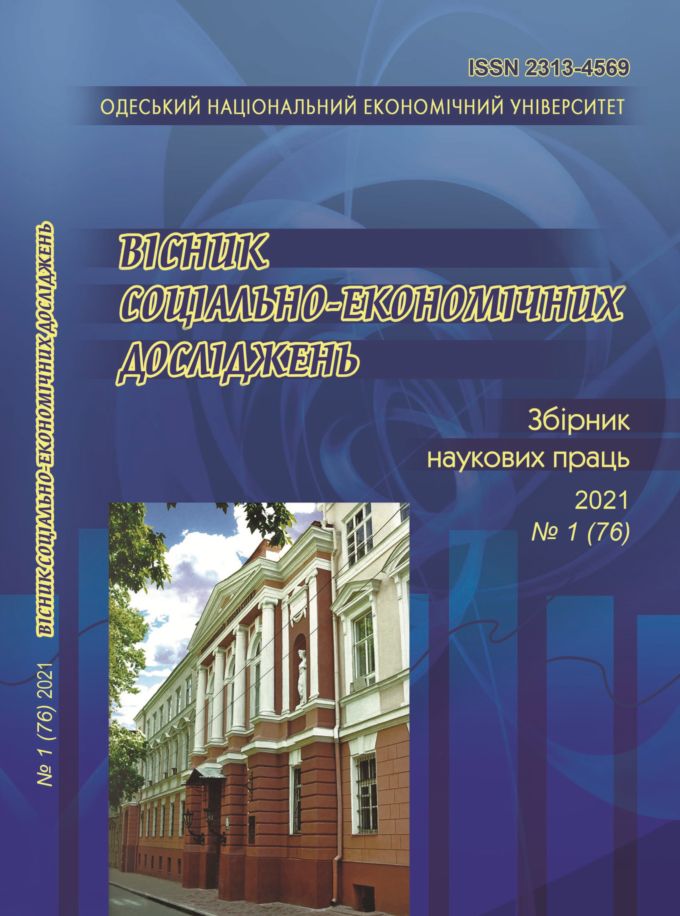THE POWER OF NO-LAG TECHNICAL INDICATORS IN ALGORITHMIC TRADING
DOI:
https://doi.org/10.33987/vsed.1(76).2021.90-99Keywords:
bounded operators, technical indicators without lag, algorithmic tradingAbstract
In the framework of technical analysis for algorithmic trading we introduce an original approach to classical technical indicators. For this, we consider technical indicators as bounded operators: this more abstract, but also more algorithmic view enables us to define in a very simple way the no-lag versions of these tools. Delay in response is indeed a major drawback of many classical technical indicators used in algorithmic trading, which often leads to a wrong information. On the contrary, with the no-lag versions of the indicators that we study here, we get better information that is closer to the instantaneous values of the securities, hence a better expected rate of return of the trading system in which they occur. After having recalled the definitions of weighted and exponential averages as bounded operators, we prove that the lag possesses a fundamental property that is very useful to create no-lag versions of technical indicators. This being done, we apply our results to a basic trading system and test it on the S&P 500 index, in order to compare the classical Elder’s impulse system with its no-lag version and the so-called Nyquist-Elder’s impulse system: we observe on this example that the no-lag versions of indicators lead to much more profitable systems. More precisely, the Nyquist-Elder’s impulse system is much better than the Elder’s impulse system without lag, which is itself better than the classical impulse system: the information given by Nyquist-Elder’s impulse system is indeed closer to the instantaneous value of the S&P 500 index since it has less delay than the classical impulse system: Nyquist-Elder’s impulse system is even the closest to the instantaneous value among the three ones. We eventually compare the profit/loss of four portfolios (a portfolio that replicates S&P 500 index, and one for every of the three impulse systems) in order to better understand the time dynamics of our three Elder’s impulse systems. As far as we can see, we also notice a lower draw-down for the portfolio associated to the system using the Nyquist-Elder’s impulse system than for the other ones, and this portfolio seems to be more resistant to bearish periods.
References
Appel, G. (1985). The Moving Average Convergence-Divergence Trading Method, Traders Pr.
Benhamou, Е. (2017). Trend without Hiccups, a Kalman filter approach, IFTA Journal, рр. 38–46.
Dürschner, M. G. (2012). Moving Averages 3.0, IFTA Journal, рр. 27–31.
Ehlers, J. F. (2001). Rocket Science for Traders, John Wiley & Sons, New York.
Elder, A. (2002). Come Into My Trading Room, John Wiley & Sons, New York.
Ehlers, J. F., Way, R. (2010). Zero Lag (Well, Almost).
Kaufman, P. J. (2019). Trading Systems and Methods, John Wiley & Sons, New York.
Mulloy, P. (1994). Smoothing Data With Less Lag.
Tomasini, E. & Jaekle, U. (2009). Trading Systems: A New Approach to System Development and Portfolio Optimization, Harriman House Publishing.
Downloads
Published
Issue
Section
License
Copyright (c) 2021 Socio-Economic Research Bulletin

This work is licensed under a Creative Commons Attribution 4.0 International License.






